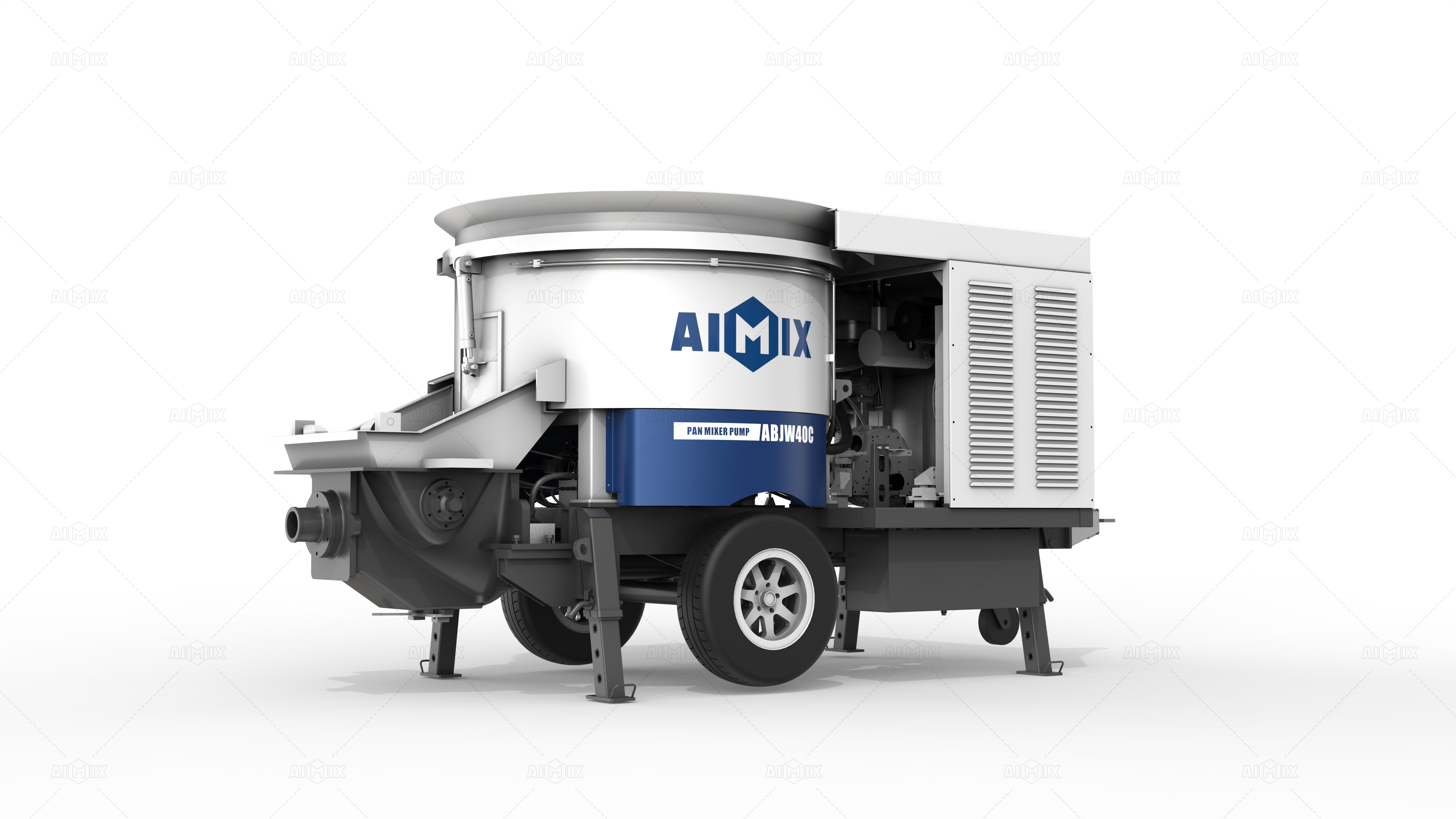Concrete pumping has long been a high-stakes operation where even minor miscalculations can lead to costly delays, material waste, or safety incidents. The advent of dual-control concrete mixer pump systems represents a paradigm shift in how the industry approaches these challenges. By distributing operational oversight between multiple control points, these advanced systems mitigate the cognitive load on individual operators while introducing unprecedented levels of precision in concrete placement.
The Evolution of Concrete Pumping: Why Dual-Control Systems Matter
Traditional single-operator pumping configurations place immense responsibility on one individual to simultaneously monitor flow rates, pressure thresholds, and placement accuracy. This operational model becomes particularly precarious when dealing with complex architectural forms or high-volume pours where fatigue-induced errors compound quickly. Dual-control systems dismantle this vulnerability by enabling collaborative oversight—where one operator manages pump mechanics while another focuses solely on nozzle guidance and material distribution.

The technological backbone of these systems lies in their synchronized telemetry networks. Pressure sensors and flow monitors feed real-time data to both control stations, allowing for micro-adjustments that maintain optimal viscosity and velocity. What emerges is a harmonious workflow where human intuition merges with machine precision, effectively neutralizing the latency inherent in traditional single-point control setups.
How Dual-Control Mixer Pumps Improve Job Site Safety and Efficiency
Beyond mere redundancy, dual-control architectures introduce a dynamic safety net through distributed decision-making. When concrete pump machine at elevated heights or across sprawling footprints, operators often face split-second judgment calls regarding pressure relief or boom repositioning. With two trained specialists interpreting the same data streams from different vantage points, the system achieves what ergonomic experts call "cognitive redundancy"—where multiple perspectives converge to validate critical decisions before execution.
Field data from bridge deck pours demonstrates the measurable impact of this approach. Projects utilizing dual-control systems report 37% fewer pressure-related incidents and a 22% reduction in material spillage compared to conventional setups. The efficiency gains extend beyond safety metrics; synchronized control allows for continuous pumping during shift changes or operator rotations, eliminating the costly downtime associated with traditional handoff procedures.
Implementing Remote Precision in Modern Construction Projects
Integration remains the cornerstone of successful dual-control deployment. Modern systems interface seamlessly with building information modeling (BIM) platforms, allowing operators to reference digital blueprints during placement. This symbiosis between physical operation and virtual planning creates what engineers term "predictive pumping"—where machine learning algorithms analyze structural designs to preemptively suggest optimal pressure curves and boom trajectories.

Training protocols for these systems emphasize situational awareness over rote memorization. Operators develop specialized competencies in either pump mechanics or placement strategy, creating a complementary skillset dynamic. The most forward-looking contractors are already experimenting with augmented reality overlays that project ideal pour paths directly onto job site surfaces, further bridging the gap between digital plans and physical execution.
As autonomous functionality continues to advance, the industry stands at the threshold of truly intelligent pumping systems on portable concrete mixer and pump. Early prototypes now incorporate lidar-assisted obstacle avoidance and self-correcting viscosity controls—capabilities that will redefine expectations for precision in concrete placement. What remains constant is the irreplaceable human element; dual-control systems don't eliminate operators but rather elevate their role to strategic supervisors of an increasingly sophisticated material delivery ecosystem.
The transition to dual-control pumping represents more than just technical innovation—it's a philosophical shift toward collective responsibility in construction operations. By architecting systems that inherently check and balance human fallibility, the industry moves closer to achieving zero-error concrete placement without sacrificing the adaptability that only human oversight can provide. Future job sites will likely view single-operator pumping with the same nostalgic curiosity we now reserve for manual concrete mixing—a necessary stepping stone toward smarter, safer construction methodologies.